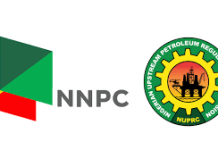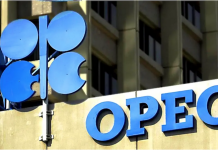Oil edged lower on Thursday, surrendering early gains, as investors focused on the pace of growth in global crude supply, which is increasing more quickly than many had expected.
Chinese data earlier in the day that showed record oil imports in October offered some temporary respite to bearishness that has developed in the past couple of weeks over the expected crude market balance in 2019.
Record U.S. crude production and signals from Iraq, Abu Dhabi and Indonesia that output will grow more quickly than expected in 2019 pushed the price of Brent oil to its lowest since mid-August earlier in the week.
Brent crude futures fell 21 cents to $71.86 a barrel by 1249 GMT, having touched a session high of $73.08, while U.S. crude futures fell 8 cents to $61.59.
“Once again, the U.S. has shown that when it is economic to do so, it can increase production at a greater pace than Saudi Arabia,” Olivier Jakob, a strategist at Petromatrix, said.
“This means that the price is today a greater solver to the crude oil balance than in the past, when there was no solver apart from the supply policy of Saudi Arabia. Six months from now, the U.S. will be producing more crude oil than the unverified sustainable production capacity of Saudi Arabia.
China’s crude imports rose 32 percent in October compared with a year earlier to 9.61 million barrels per day (bpd), customs data showed on Thursday.
China will still be allowed to import some Iranian crude under a waiver to U.S. sanctions that will enable it to buy 360,000 bpd of crude from Iran for 180 days, two sources familiar with the matter told Reuters on Tuesday.
U.S. output meanwhile reached a new record high of 11.6 million bpd in the latest week and has now overtaken Russia as the world’s largest oil producer.
The Energy Information Administration (EIA) said this week it expects output to top 12 million bpd by the middle of 2019, thanks to shale oil.
Even with U.S. sanctions on Iranian oil in place, the perception among investors is that there is more than enough supply to meet demand, as reflected by the front-month January Brent futures contract trading at a discount to February.
This price structure, known as contango, materializes when traders and investors believe supply to be greater than demand and therefore have more incentive to store oil, rather than sell it, thereby creating an even larger pool of unsold crude.
“OPEC and Russia may use cuts to support $70 per barrel,” said Ole Hansen, head of commodity strategy at Saxo Bank.














